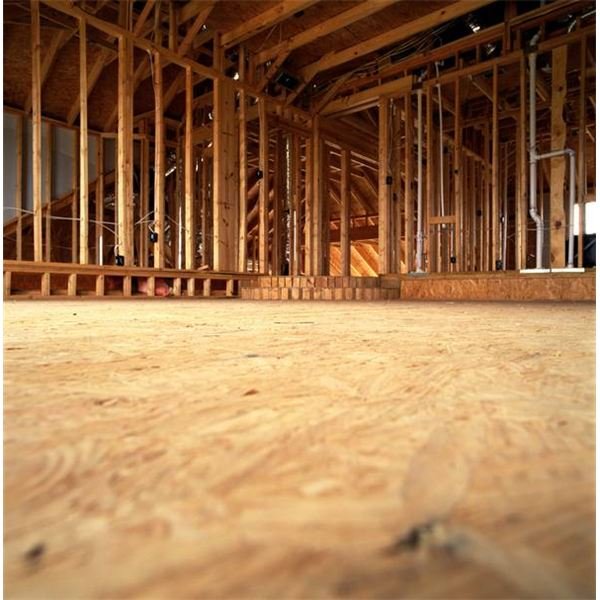Buying A House Directly From The Builder
Buying A Model Home Directly From The Builder
Building a home is an expensive and time consuming proposition. While established builders can get lines of credit and construction loans to finance some of the cost, each dollar used costs interest and eats into the builder’s profit.
For builders, the solution is to sell homes to buyers before they are finished being built. That way, the home never sits empty and costs the builder interest payments. In fact, if the builder can establish an ongoing pipeline of sales, no additional loans need ever to be extended since the builder can simply use the cash flow coming from home sales to fund continuing construction. Unfortunately, people are not always too keen on the idea of buying something sight unseen. That is where model homes come in.
By building a selection of home styles, builders can show buyers exactly what their new home would look like. Buyers can walk around and get a feel for the house they are interested in. Of course, to show their homes in the best possible light, builders “stage” their model homes with comfortable furniture and build in many of the most popular options. Each one brings the builder closer to a possible sale.
The catch is, that at the end of the development process, the builder has fully constructed homes that may not yet be sold. Buying one of these model homes can be a good way to get a great home at a great price, especially with more home buyers finding it harder to qualify for a mortgage.
Negotiating With Builders To Buy A House - Price
Buying a house directly from the builder requires a different approach than purchasing an existing house. Builders have different motivations and needs than existing home owners when it comes to selling real estate. Understanding these differences is the key to getting a great deal on a home bought direct from the builder.
The first step is to assess how far along the development project is, and how much unsold inventory remains. A builder closing out a development with limited remaining inventory has less motivation to negotiate on the few remaining homes that can be purchased before no more are built. On the other hand, a builder with several empty homes still for sale has much more motivation to mop up the excess inventory before the cash flow stops coming in. A development with not only several remaining never sold units, but also a higher number of resales listed on the market, may be very willing to negotiate.
For many home buyers, the first instinct is to make an offer far below the asking price. Regardless of how motivated the builder is, this is often a losing strategy. The sale price of other homes in the development is a key factor in how other homes are valued by appraisers. By taking a low-price offer on a model home, which often has some of the best features built-in, they make it harder to sell any other remaining homes without also dramatically lowering their prices. Asking a builder to take a low offer on your home is actually asking them to take a low offer on all their homes. While offering full asking price is probably too much, consider using other bargaining chips to increase the value of your purchase.
How To Negotiate Directly With A Builder
Remember that builders have a profit margin built into everything that they do. While a complete backyard fence might be “worth” $5,000 to you and the appraiser, it might actually cost the builder only $3,500 to build. That makes agreeing to additional options and upgrades a good deal for you AND the builder.
The easiest upgrades and features to get are those that can be added on without having to go back into the house in an invasive manner. Backyard landscaping, building a deck, adding bookshelves, and the like are all easy tack-on features and options the builder can install. Other options, like upgrading the carpeting, changing cabinets, and other options that require the builder to not only “build,” but also tear down are less likely to be agreed upon. For example, upgrading the carpet padding might be a low priced option while the home is being built, but becomes much more expensive when the existing carpet and padding have to be torn out before new padding can be installed. Upgrades like these could completely wipe out a builder’s profit margin.
Also explore other concessions the builder can offer without affecting the sale price. For example, many builders offer special financing to make buying a home more attractive. A buyer offering a 2% buy down for two years on the mortgage might be willing to so for three, or even four years. While the price of the house stays near asking, the buyer can save thousands of dollars anyway. Make full payments during those buy down years to shave years off of your mortgage by paying down principal before the full interest rate starts being charged.
Image Credit: From Microsoft Office Clip-Art.
